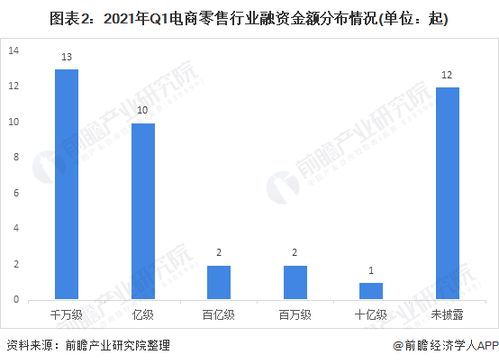农村电商直播日报
Title: Final Report on Rural Ecommerce Development
Introduction:
Rural ecommerce, a pivotal component of modern economic strategies, has emerged as a transformative force in rural areas worldwide. This report provides a comprehensive overview of the development, challenges, and future prospects of rural ecommerce, with a focus on its significance, current status, and recommendations for sustainable growth.
Significance of Rural Ecommerce:
Rural ecommerce plays a vital role in bridging the urbanrural economic divide by providing rural communities with access to markets, information, and opportunities. It empowers farmers, artisans, and small businesses by enabling them to reach a broader customer base, thus enhancing income and livelihoods. Moreover, it facilitates the efficient allocation of resources, promotes rural industrialization, and fosters inclusive economic growth.
Current Status of Rural Ecommerce:
The current landscape of rural ecommerce exhibits promising growth, driven by advancements in technology, infrastructure development, and government support initiatives. Key players in the ecommerce sector have been expanding their operations into rural areas, leveraging innovative strategies such as lastmile delivery solutions and digital payment systems. Additionally, the proliferation of smartphones and internet connectivity has facilitated consumer engagement and market access in remote regions.
Challenges and Barriers:
Despite its potential, rural ecommerce faces several challenges that hinder its widespread adoption and sustainability. Infrastructure constraints, including inadequate transportation networks and limited internet connectivity, pose significant barriers to market access and logistics efficiency. Moreover, disparities in digital literacy and access to financial services constrain the participation of rural entrepreneurs in online platforms. Additionally, issues related to product quality, trust, and consumer protection undermine the credibility of rural ecommerce platforms, impeding consumer confidence and market growth.
Recommendations for Sustainable Growth:
1.
Infrastructure Development:
Prioritize investments in rural infrastructure, including road networks, internet connectivity, and electricity supply, to enhance logistics efficiency and market accessibility.2.
Digital Literacy Programs:
Implement comprehensive digital literacy programs to equip rural entrepreneurs and consumers with the necessary skills to navigate ecommerce platforms effectively.
3.
Financial Inclusion Initiatives:
Expand access to financial services in rural areas through the establishment of mobile banking facilities and microfinance programs, facilitating secure transactions and credit access for rural businesses.4.
Quality Assurance Mechanisms:
Strengthen quality assurance mechanisms and consumer protection regulations to uphold product standards, build trust among consumers, and mitigate risks associated with online transactions.5.
PublicPrivate Partnerships:
Foster collaboration between government agencies, private enterprises, and nonprofit organizations to promote innovation, knowledge sharing, and capacity building in the rural ecommerce ecosystem.6.
Customized Solutions:
Develop tailored ecommerce solutions and business models that cater to the unique needs and preferences of rural consumers and entrepreneurs, fostering inclusivity and sustainability.Conclusion:
In conclusion, rural ecommerce holds immense potential as a catalyst for rural development and poverty alleviation. However, realizing this potential requires concerted efforts from various stakeholders to address infrastructure deficits, enhance digital literacy, and promote inclusive growth strategies. By implementing the recommendations outlined in this report, policymakers, businesses, and communities can harness the transformative power of rural ecommerce to create a more prosperous and equitable future for rural societies worldwide.
References:
[Insert references here]











